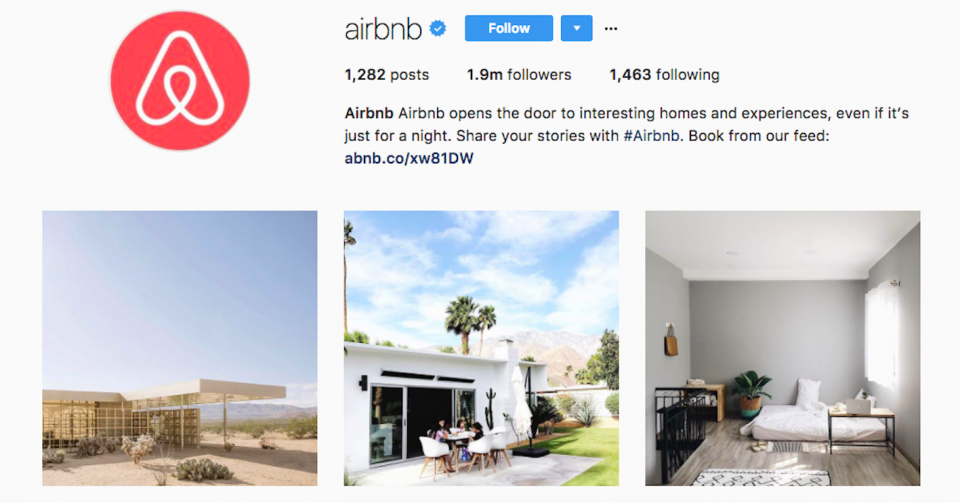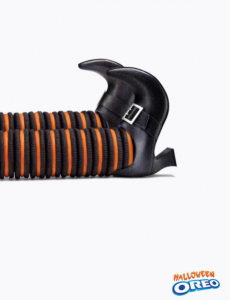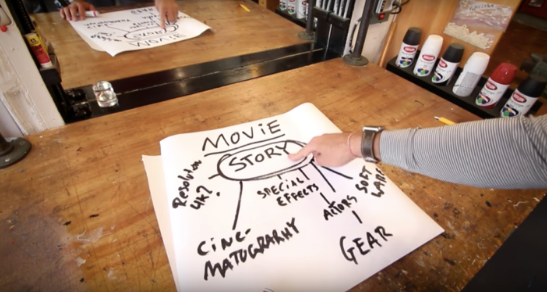The acronym ‘CEO’ will likely conjure images of fearless leaders in command of their businesses and their people, natural-born spokespeople inspiring those in the business as well as those looking on.
The reality, however, is that many CEOs may often be introverts shying away from external exposure and the prying eyes of the media. Apple’s CEO Tim Cook, for example, is not only one of the most powerful leaders in the world, but he’s also amongst the most publicity-shy ones.
Staying out of the spotlight, however, will likely do more harm than good. Research shows that an accessible CEO makes a brand more authentic.
Public relations professionals must do more than just convince their CEOs, they must support their leaders in a way that makes the process as painless as possible as well as ensure their CEO will be the custodian for the organisation’s image and reputation.
To help prepare any business leader, here are our top tips to guide the media-shy through the interview process:
Media Training is key
Critical for any CEO or spokesperson, media training is a programme aimed at creating a strong foundation of interviewing knowledge from structuring responses to question redirection. A good media training programme will allow for the media-shy CEO to get a feel of what it’s like to be in front of a reporter and face difficult unexpected questions in a controlled environment.
Media training is not a magic bullet, practice makes perfect, meaning that training sessions should be carried out on a frequent basis to keep the spokesperson’s confidence up. Further, carrying out frequent impromptu mock interviews covering the latest trending topics as well as difficult probing questions around the business can provide the crucial experience that a media shy CEO must be exposed to before sitting down with media.
Practice, practice, practice!
When the time comes for an interview, preparation is key. Naturally, a comprehensive briefing document covering the topics, questions, key messages, interviewer and media profile is a no-brainer. It is vital to sit down with the CEO prior to the interview to gauge their familiarity with the subject of the interview. Working hand-in-hand to craft a narrative and key messages with additional research would help spokespeople feel at ease.
Preparation for the media shy CEO should extend further, emulating the scenario by adopting the questions, duration and style of the interviewer to give the CEO a better idea of what to expect.
Don’t underestimate media relations
Often the most overlooked aspect, and one usually undertaken solely by the public relations professional, is for the business leader to play a first hand role in building relationships with the media.
Building relationships through no-agenda coffees, get-togethers and networking events will allow the CEO to get used to being around media, and most importantly, dispel the myth that journalists are ‘out to get you’. By building these relationships, when the time comes, the CEO will likely be able to sit down for an interview with someone familiar.
So there you have it, our top tips on how to prepare your media shy CEO to face the media world and not only be more comfortable, but also be in a position to represent the organisation in a way that will grow its reputation and standing in the business landscape.
Drop us a message at [email protected] to talk to us more about media training.










